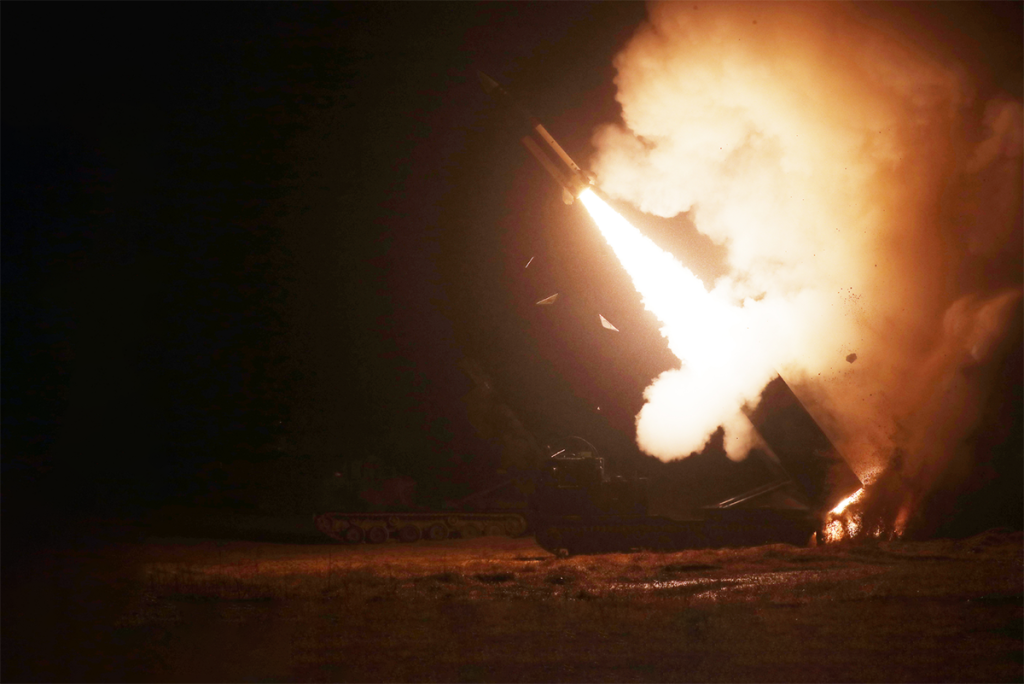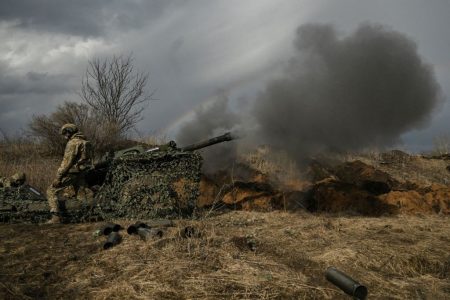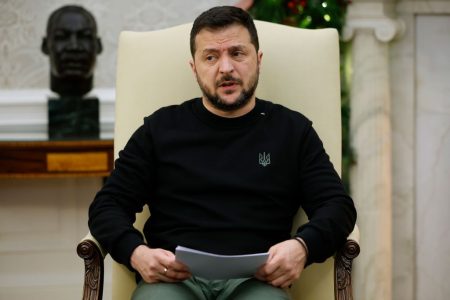The United States began secretly providing Ukraine with long-range Army Tactical Missile Systems (ATACMS) in the spring. President Joe Biden directed his National Security team to send these missiles to Ukraine for use inside Ukrainian territory in February. The delivery of ATACMS missiles was part of a military aid package announced on March 12, worth $300 million. The decision to include the long-range ATACMS in the aid package was made to maintain security and surprise for Ukraine. The U.S. had previously delivered mid-range models of ATACMS to Ukraine, but the newer, longer-range models with a range of around 300 kilometers were not publicly known. Washington hesitated initially to provide Ukraine with such advanced weaponry, fearing it could be used to strike Russian territory. However, the decision was influenced by Russia’s use of long-range ballistic missiles against Ukraine and attacks on critical infrastructure.
The U.S. delivered these advanced ATACMS missiles to Ukraine in April, although the exact number of missiles sent remains unknown. Ukraine used some of the recently received missiles to target a Russian airfield in Crimea, destroying four Russian S-400 launchers, radar stations, and other air defense equipment. President Biden signed a foreign aid bill into law on April 24, providing close to $61 billion for Ukraine and requiring the delivery of long-range ATACMS missiles to Ukraine as soon as possible. The Pentagon also announced its readiness to send a $1 billion defense aid package of weapons from U.S. stockpiles to Kyiv, although ATACMS were not included in the unveiled list of arms. President Volodymyr Zelensky confirmed that agreements on the delivery of ATACMS missiles were finalized with the U.S. after a call with President Biden on April 22.
The decision to provide Ukraine with long-range ATACMS missiles comes after months of deliberation and concerns about the potential implications of delivering such advanced weaponry to Kyiv. While the Pentagon initially raised concerns about depleting its own stockpiles and the potential for military readiness issues, these concerns were addressed in January, leading to the ultimate decision to send the weapons. The attacks on the Russian airfield in Crimea using the ATACMS missiles demonstrated Ukraine’s ability and willingness to use the advanced weaponry effectively against Russian forces. The inclusion of these long-range missiles in the aid package showcases the Biden administration’s commitment to supporting Ukraine in its conflict with Russia.
The move to send long-range ATACMS missiles to Ukraine also highlights the ongoing support and partnership between the U.S. and Ukraine in the face of Russian aggression. The delivery of advanced weaponry signals a shift in the level of military aid provided to Kyiv, as the U.S. stands by its commitment to helping Ukraine defend its sovereignty. The cooperation between the two countries, culminating in the finalization of agreements on the delivery of ATACMS missiles, strengthens the strategic alliance between the U.S. and Ukraine. The destruction of Russian air defense equipment in Crimea by Ukrainian forces using the ATACMS missiles demonstrates the effectiveness of this military assistance in countering Russian incursions into Ukrainian territory.
Overall, the provision of long-range ATACMS missiles to Ukraine represents a significant development in the ongoing conflict between Ukraine and Russia. The decision to provide Kyiv with these advanced weapons underscores the United States’ support for Ukraine’s defense and sovereignty. The use of ATACMS missiles in targeting a Russian airfield in Crimea demonstrates Ukraine’s capability and resolve in confronting Russian aggression. The finalization of agreements on the delivery of the missiles solidifies the strong partnership between the U.S. and Ukraine in the fight against Russian aggression. This military aid package, including the delivery of long-range ATACMS missiles, is a crucial step in bolstering Ukraine’s defense capabilities and deterring further Russian aggression in the region.















